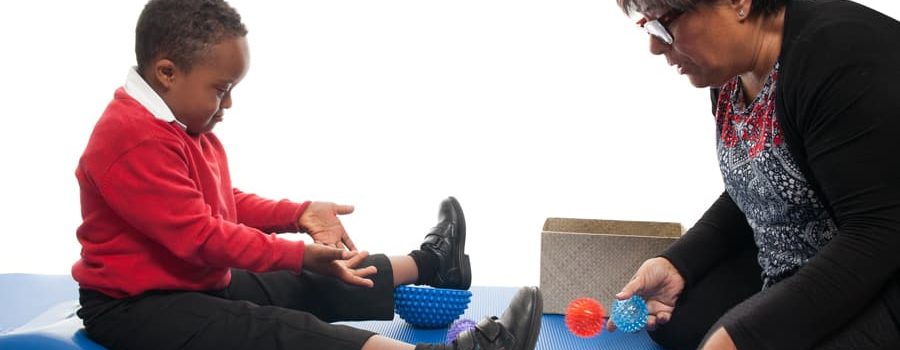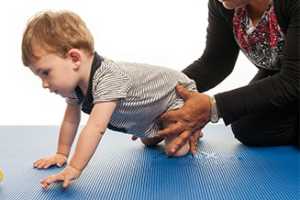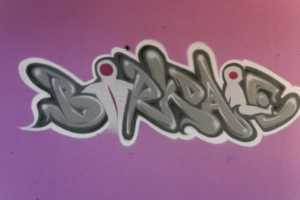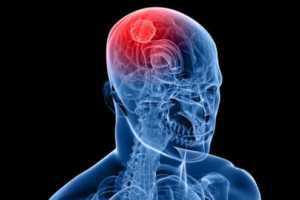Motor learning totally depends on the sensory information received from the body
Research has shown that there is a link between a typical behaviour and sensory deficits: smell, touch, vision, hearing, and balance. No sensory function works in isolation. All the senses are dependent on other sensory functions, which are dependent on a baseline level of brain activity. Sensory detection includes:
- Hearing
- Vision
- Smell
- Taste
- Touch
- Vestibular
- Proprioception.
“The Postural control is depended on the integration of proprioception, vision and vestibular system of which vestibular system is particularly important. The vestibular system is thought to be primary organizer of sensory information and contributes to physical and emotional security in treatment of hypotonic cerebral palsy.” A study by Sun –Joung- Leigh AN , IN REPUBLIC OF KOREA
“Vestibular input is activated by a change in head orientation alter the distribution of postural tone in the neck and limbs. Antigravity muscles are the muscles in the body that are tonically active during quite stance and include muscles of the lower limbs. The muscle tone in these antigravity muscles is controlled by pontei neclei . Vestibular nuclei control selectively the excitatory signals to the antigravity muscles to maintain equilibrium by functioning in association with pontine via lateral and medial vestibular spinal tract.” Review of study of vestibular on postural muscles by Mittal, R& Narkeesh

At Birkdale Neuro Rehab Centre, we use a 60 cm air cushion to create postural awareness of head and trunk and lower limbs in order to stimulate the head equilibrium and trunk reaction in supine lying, sitting; and in standing we use moving steps to create weight shift and vestibular activity. I believe in engaging eye movements to align head movements and also teach eye directed body movements. The vestibular system is not functioning on its own, the interneuron connection is vast and the connection of parietal lobe and cerebellum is equally vital.
 We observe change in the pattern of standing immediately after the treatment and patient often report that they feel steady.
We observe change in the pattern of standing immediately after the treatment and patient often report that they feel steady.
In order for the patient to create the same sensation, I always advise them to sit on the air cushion as the trunk righting reactions improves, the ability to look to the neglect areas also improves, of course this is not enough and visual input to the area of neglect is vital.
The goal can only be achieved by continually working with this at home. Repetition is key, but this needs to be done without the interference of the compensatory mechanism. The sensory loss due to visual tactile and proprioception and vestibular deficit, prevents motor learning.
Repetition is key although it can be tedious. The only way forward is to keep it fun.




